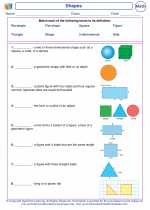Rotational Symmetry
Rotational symmetry is a property of a shape or an object that remains unchanged when rotated around a central point. In other words, if you can rotate a shape less than 360 degrees and it still looks the same, then the shape has rotational symmetry.
The number of times a shape can be rotated and still look the same is called its order of rotational symmetry. For example, a square has a rotational symmetry of 4 because it can be rotated 90 degrees, 180 degrees, or 270 degrees and still look the same.
Some common shapes with rotational symmetry include the circle, the regular polygon (such as equilateral triangle, square, pentagon, hexagon, etc.), and some letters of the alphabet (like A, H, I, etc.).
Rotational symmetry is an important concept in geometry and can be found in many real-world objects and designs, such as flowers, snowflakes, and architectural decorations.
Understanding rotational symmetry can help students develop their spatial reasoning skills and appreciate the mathematical beauty found in the world around them.
Overall, rotational symmetry is a fascinating concept that helps us understand the patterns and regularities present in various shapes and objects.
.◂Math Worksheets and Study Guides First Grade. Shapes
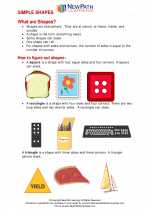
 Activity Lesson
Activity Lesson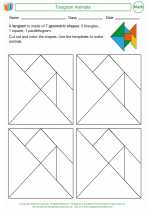
 Activity Lesson
Activity Lesson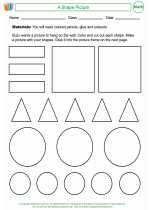
 Worksheet/Answer key
Worksheet/Answer key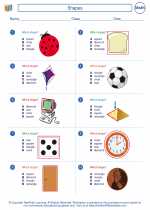
 Worksheet/Answer key
Worksheet/Answer key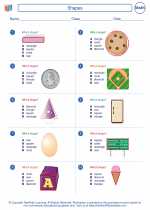
 Worksheet/Answer key
Worksheet/Answer key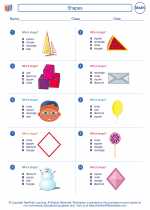
 Worksheet/Answer key
Worksheet/Answer key
 Worksheet/Answer key
Worksheet/Answer key
 Worksheet/Answer key
Worksheet/Answer key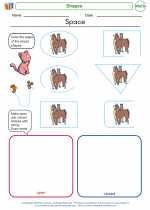
 Worksheet/Answer key
Worksheet/Answer key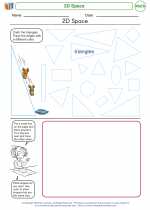
 Worksheet/Answer key
Worksheet/Answer key
 Worksheet/Answer key
Worksheet/Answer key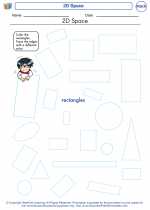
 Worksheet/Answer key
Worksheet/Answer key
 Worksheet/Answer key
Worksheet/Answer key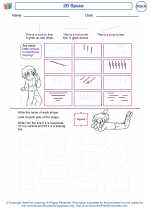
 Worksheet/Answer key
Worksheet/Answer key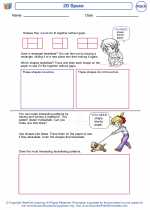
 Vocabulary/Answer key
Vocabulary/Answer key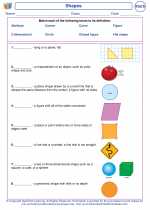
 Vocabulary/Answer key
Vocabulary/Answer key